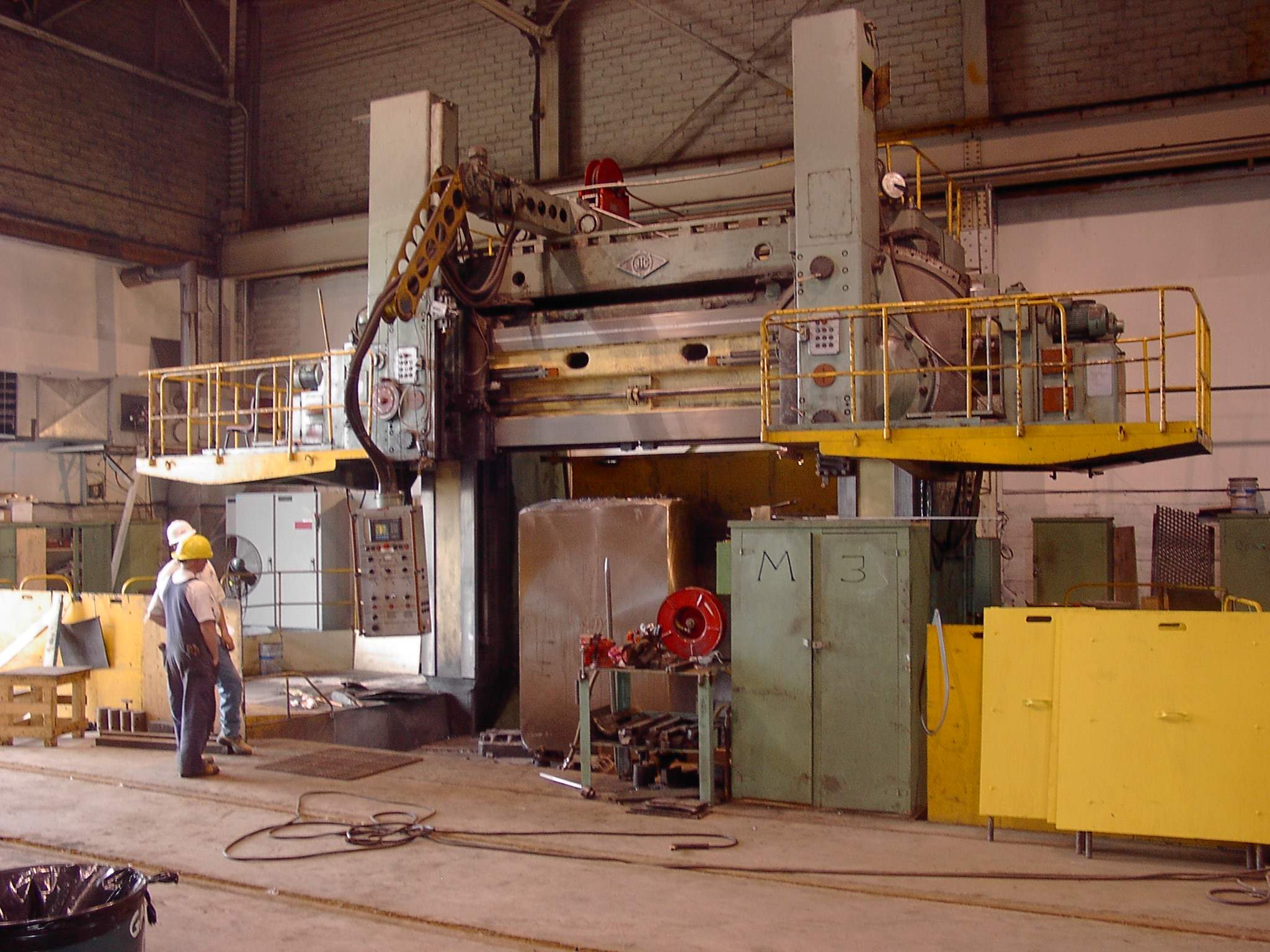Breaking
Job claims for Nova Scotia’s $60 million investment in DSME ‘unrealistic’
HALIFAX — The Nova Scotia government was told seven months after committing $60 million to a wind tower manufacturing plant that claims of 500 jobs to be created within three years were “unrealistic,” say documents obtained by The Canadian Press.
Internal government studies obtained through freedom-of-information legislation also show provincial government revenues and the economic impact to households were only fractions of what was originally projected.
The former NDP government announced with much public fanfare in 2010 that it was taking a 49 per cent equity stake as part of a $90-million refit of the former TrentonWorks railcar plant after it was bought by Korean-owned Daewoo Shipbuilding and Marine Engineering.
The plan was for DSME Trenton to eventually develop the capacity to produce 250 wind turbine towers and 200 blade sets per year.
But prior to the targeted May 2011 startup, it was already clear to the government that the facility would face difficulties when it shifted its focus from building exclusively for DeWind, a DSME-owned wind turbine company, to seeking business with other clients.
“DeWind does not have sufficient orders and DSME Trenton must undertake its own sales and marketing,” said a March 2011 briefing note prepared for Percy Paris, then the economic development minister.
The documents show that by October 2011, despite meeting its first year target of more than 140 workers, the company had reduced its three-year employment estimate to 350 from 500.
By the end of January 2012, Paris was advised that the original projection of 500 jobs was “considered unrealistic” by his department’s director of strategic services.
Several reasons are given in the briefing notes, including the actual size of the plant’s assembly line layout.
The notes say other factors “are limited market size a a weak global economy and barriers to entry for certain provincial markets, like Quebec and Ontario.
”
By October 2012, the province had disbursed $46.9 million to the company, including a $3.7-million forgivable loan, $19.6 million in equity and $23.6 million from a $30-million authorized loan. The plant delivered 20 towers, but was down to 72 employees.
With the wind industry market in decline by February 2013, both the provincial government and DSME Trenton said they recognized the need to diversify the plant’s business into areas such as industrial metal fabrication, oil and gas fabrication, pressured vessels, power plants and shipbuilding components.
The documents also include a 2009 study with economic projections and a one-time economic impact assessment of DSME carried out for the years 2010 to 2012. Both were prepared for the government by the province’s Finance Department.
The minimum economic projection foresaw total household income hitting 1 million and provincial government revenues of .
3 million over the three-year period.
The followup study shows that in 2012, those projections were far short, with household income at $21 million and provincial government revenues totalling $2.9 million.
Liberal Economic Development Minister Michel Samson, whose party while in Opposition was highly critical of the provincial investment in DSME, expressed confidence in the company’s future, adding that it now has 150 employees.
Samson said the plant has landed some “modest” contracts to build wind turbine towers and pressurized tanks for the offshore industry and is looking for potential spinoff work once the federal navy ship contract won by Irving Shipbuilding ramps up.
“The question is what can we do now to assist the company to find growth in new areas and to be able to achieve success,” Samson said.
He said just over $56 million of the province’s $60 million commitment has been spent.
A spokesman for DSME Trenton declined an interview request but in an email said business at the facility was thriving.
“We are currently quite busy with the construction of wind towers at the plant and are all focused on the fabrication and manufacturing of these large unit sections, processing through the facility,” Brad Murray said.






















